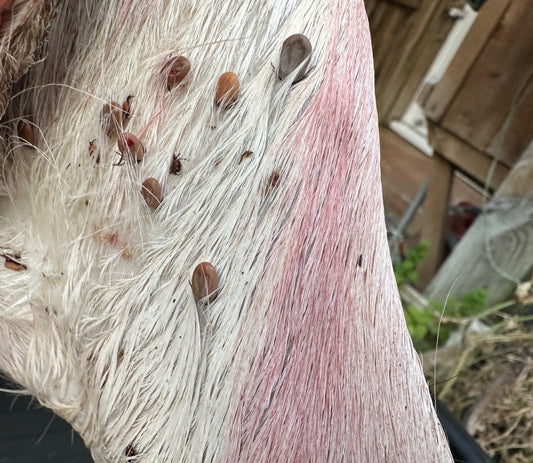Effective deer management is an essential component of broader environmental stewardship, encompassing far more than the immediate goal of protecting certain charismatic fauna such as birds, bees, butterflies, and other wildlife. To truly appreciate and implement effective deer management, we must consider a spectrum of ecological, socio-economic, and cultural factors that extend beyond these initial concerns. This holistic approach acknowledges the intricate web of interactions within ecosystems and seeks to balance human needs with the preservation of biodiversity and ecological integrity.
Enhancing Soil Health and Promoting Forest Regeneration
The relationship between deer populations and soil health is a critical yet often overlooked aspect of environmental management. Deer overpopulation leads to overgrazing, which, in turn, strips forests of their understory vegetation. This loss of vegetation accelerates soil erosion, depletes nutrients, and compromises the soil's structure and porosity, adversely affecting its water retention capacity and fertility. Furthermore, the absence of understory vegetation inhibits forest regeneration, as young saplings are consumed before they can mature into the next generation of forest canopy. Effective deer management, therefore, is essential for protecting soil health, ensuring the continuous regeneration of forests, and maintaining their ecological functions and services.

Safeguarding Water Quality and Maintaining Hydrological Systems
Deer impact on ecosystems extends to water bodies and their surrounding environments. The degradation of riparian zones due to overbrowsing can lead to increased sedimentation in streams and rivers, negatively affecting water quality and the habitat conditions for aquatic life. By controlling deer populations and thus reducing their impact on vegetation, we can preserve the integrity of these critical areas, ensuring they continue to serve their vital role in filtering pollutants, stabilising stream banks, and supporting diverse aquatic and terrestrial ecosystems.
Contributing to Climate Change Mitigation Efforts
Forests are pivotal in the global carbon cycle, acting as significant carbon sinks. The balance between deer populations and forest health directly influences the capacity of forests to sequester carbon, a process increasingly recognised as crucial in mitigating climate change. Overgrazing by deer not only hampers forest regeneration but also can lead to shifts in species composition, potentially reducing the ecosystem's overall carbon storage capacity. By implementing strategies that maintain deer populations at sustainable levels, we can enhance the resilience of forests and their ability to act as effective carbon sinks, thereby contributing to broader climate change mitigation efforts.
Addressing Human-Deer Conflicts and Economic Implications
The interface between human and deer populations is fraught with challenges. Deer can cause substantial agricultural damage, impacting crops and livelihoods. Urban and suburban areas are not immune to these challenges, with deer causing damage to gardens, parks, and even posing dangers to motorists. The economic costs associated with deer-related damage and accidents are significant, necessitating deer management strategies that effectively mitigate these conflicts while ensuring the coexistence of deer and human populations. Solutions may include the implementation of traffic calming measures to reduce vehicle collisions, fencing to protect sensitive areas, and community engagement programs to foster coexistence.
Preserving Cultural and Recreational Opportunities
Deer hold a unique place in the cultural and natural heritage of many regions, offering aesthetic, recreational, and educational value. Deer watching, photography, and ethical hunting practices are activities deeply valued by many communities, contributing to the cultural fabric and providing opportunities for engagement with nature. Effective deer management should thus also consider the preservation of these values, ensuring that deer populations remain healthy and viable, enriching our landscapes and providing continuous opportunities for recreation and education.
Conclusion
Effective deer management is a complex, multidisciplinary endeavour that transcends the simplistic goal of protecting specific groups of fauna. It encompasses a wide range of considerations, from enhancing soil and water health to contributing to climate change mitigation, addressing socio-economic impacts, and preserving cultural and recreational values. By adopting a holistic approach that considers the full spectrum of interactions between deer, ecosystems, and human communities, we can develop comprehensive deer management strategies that not only safeguard biodiversity but also support the sustainability of our natural environments and the well-being of human societies. This expansive view of deer management underscores the interconnectedness of all life and the critical importance of thoughtful, informed stewardship of our natural resources.





